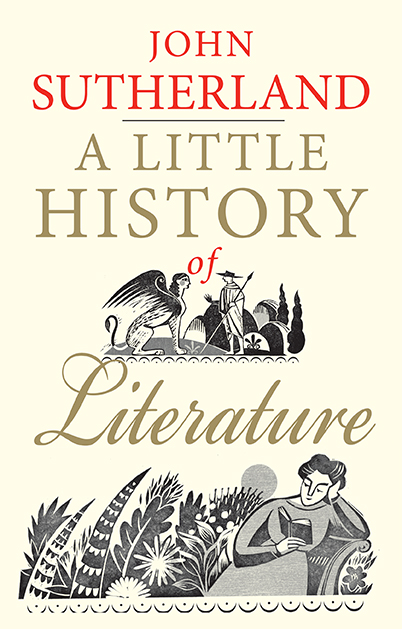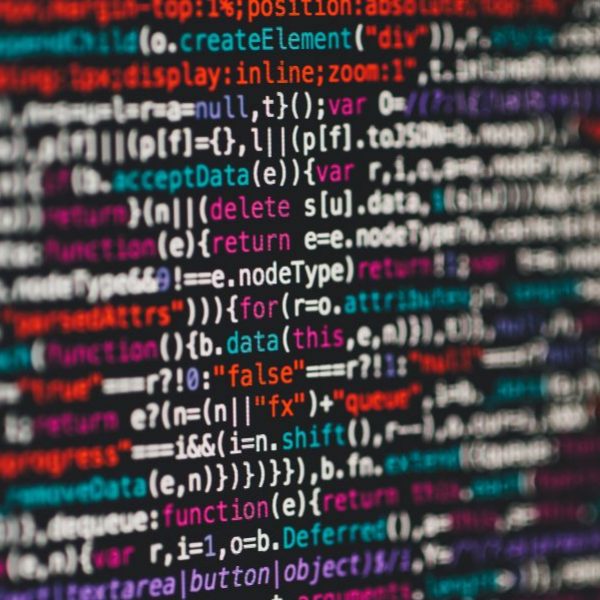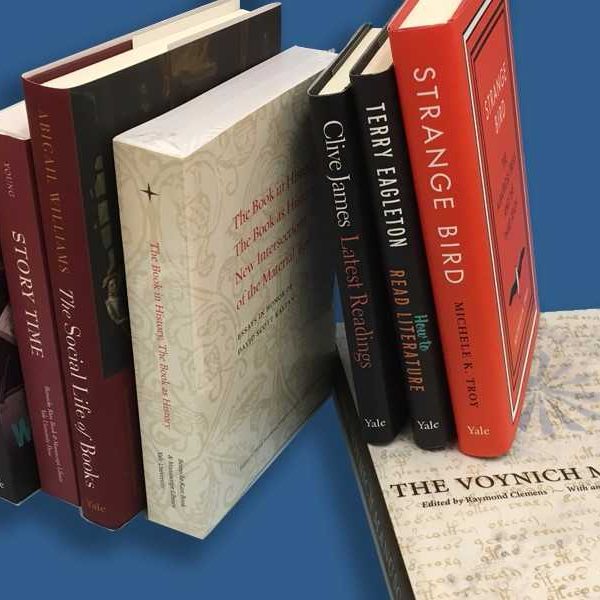Who “Owns” Literature? Printing, Publishing and Copyright
Who owns a book? Does it belong solely to the person who bought that copy, or to the author? And how does the publisher come into the picture? In this excerpt from A Little History of Literature, John Sutherland explains the various people and processes involved in the production of a book, using his own work as an example. He introduces the concept of copyright and also talks about the future of the physical book in the digital age.
The book you are holding in your hand at the moment is not a work of literature, but let’s take it as a handy example. I wrote it. My name is there on the title page, and in the copyright line. So it’s ‘my’ (John Sutherland’s) book. Does that mean, though, that I ‘own’ the book in your hand? No, it doesn’t – the physical copies are not mine. If you bought it, it’s yours. But suppose someone broke into my house while I was writing this book, stole my computer, found the text of what I was writing and published it under their own name. What would happen? Provided I could prove that the original work was mine, I could sue the thief for infringement of copyright – for copying my original work without my permission and passing it off as his own (an offence known as ‘plagiarism’).
From its beginning in the eighteenth century, modern copyright law has developed alongside the increasing availability of literary works in new formats. It has continually had to adapt to keep up with new technologies, including film adaptations in the twentieth century (Chapter 32) and, today, the challenge of e-books and the internet (Chapter 40). But in essence, copyright has always meant just that: ‘the right to copy’. As the copyright owner of what you are reading right now, I have granted Yale University Press the exclusive right to publish it in the form of this book.
We talk about a ‘work of literature’ because it is the result – in very real terms – of the author’s toil. Then, publishers talk about each of the works in their catalogue as a ‘title’: the word ‘title’ means ownership. Finally, when the books have been produced for sale, they are individual ‘copies’: you have in your hand a copy of my work. Each party ‘owns’ the work in a different way. Imagine a party of book-lovers. The host, pointing to his groaning shelves, proudly exclaims, ‘Look at my books!’ An author, scanning the shelves, says jubilantly, ‘I see you’ve got one of my books – did you enjoy it?’ A publisher, also inspecting the books, says ‘I’m very glad to see you’ve got so many of our books on the shelf ’. They are all right, in a sense: the host owns the physical objects, the publisher the particular format, and the author the original words. And it points to the many different people and processes involved in getting a book written, published and sold nowadays.
This little book’s life began when I signed a contract with Yale University Press, granting them the right to publish my text as a book. Once my manuscript was delivered to them satisfactorily, they paid to have it edited, designed, typeset, printed, bound between hard covers, and stored, prior to sale, in a warehouse. The publishers paid for all those individual processes, and they now own the physical books. Next, the books are distributed, principally to various retailers – physical shops and electronic sellers – and libraries. The physical books now belong to them. Finally, you, the customer, bought this Little History of Literature and took it home. (Or if you borrowed it from the library you will have to return it there.) Today, the publishing of books is usually carried out by a company quite separate from the printers and the booksellers. But up until the nineteenth century, publishing and printing was mainly
arranged by booksellers.[…]
John Sutherland
The printed book has lasted for over 500 years. Caxton would recognise the copies of Chaucer in our high-street bookshops as a modern version of his own. But is the book at the end of its life in the twenty-first century? Will the e-book take over, as the codex took over from the papyrus scroll? No one knows for certain. But some kind of co-existence seems likely. There is something wonderfully physical about the old vehicle. You use your legs to walk to the shelf, your arms to take the volume down, your opposable thumb and index finger to turn the page. It’s a bodily engagement you don’t feel with a Kindle or iPad. My guess is that the ‘feel’ (the touch, and even smell) of the printed book will continue to give it a lasting place – if not necessarily first place – in the world of literature for some time to come.
Excerpted from A Little History of Literature by John Sutherland. Copyright © 2013 by John Sutherland. All rights reserved. Visit the Little History website for more information on this and other books in the series.





